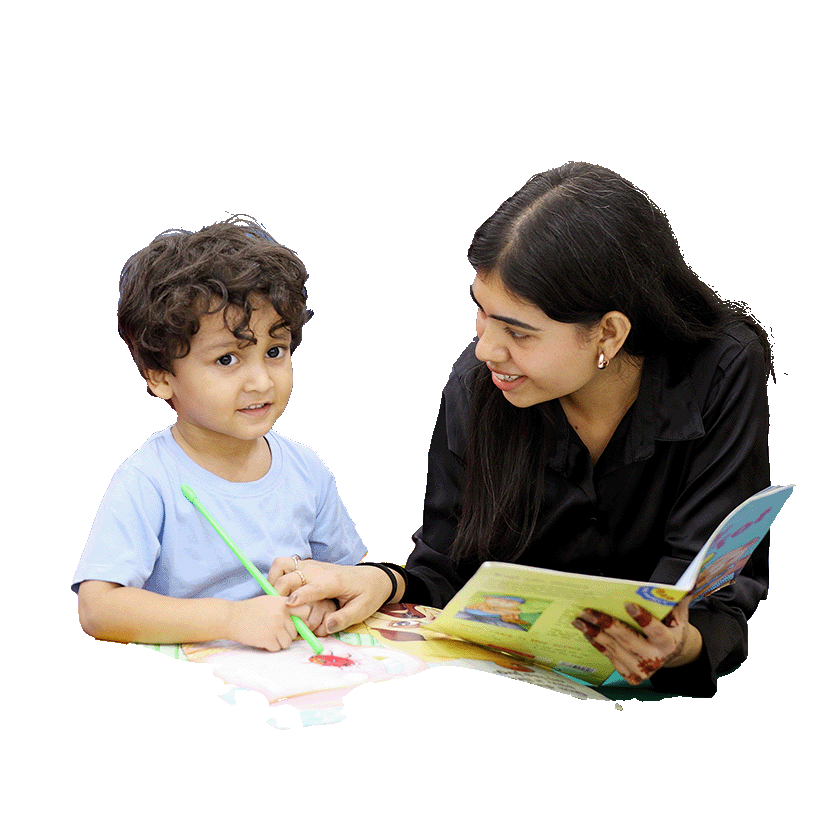Physiotherapy
Google ratings
Book An Appointment
Physiotherapy For Specially Abled Kids
Uniquely able kids function at a different pace than other children. They often struggle with daily activities and selective physical movements. Physiotherapy is for them to correct those movements by strengthening their muscles and improving body parts coordination, flexibility and posture.
A paediatric physiotherapist will identify the motor skill deficiencies and look for other chronic conditions in children before starting the therapy.
What Can You Expect From Physiotherapy
- Passive Stretching
- Manual Stretching
- Aerobics
- Weight Bearing
- Breathing exercises
- Splinting
- Agility training
- Endurance and strength related exercises
Neurodevelopmental Treatment (NDT):
Constraint-Induced Movement Therapy (CIMT):
Patterning

Physiotherapy At Continua Kids
We have the Best doctor and physiotherapists for specially-abled kids who use scientifically proven techniques for assured positive outcomes in physiotherapy treatment. We use a defined structure for conducting the entire physiotherapy process for special kids. The first step starts with assessment and observations concerning motor development, movement quality, posture and balance. We will discuss the assessment result with the parents and plan the key areas to focus on for the child’s development.
Our expert therapists will outline the physiotherapy sessions for children individually. The types of exercises, duration, intensity and variation is predetermined. For children who have been discharged from physiotherapy classes, we also design home physiotherapy programs. If you have more queries on our physiotherapy treatment or want to enroll your child, give us a call today.


